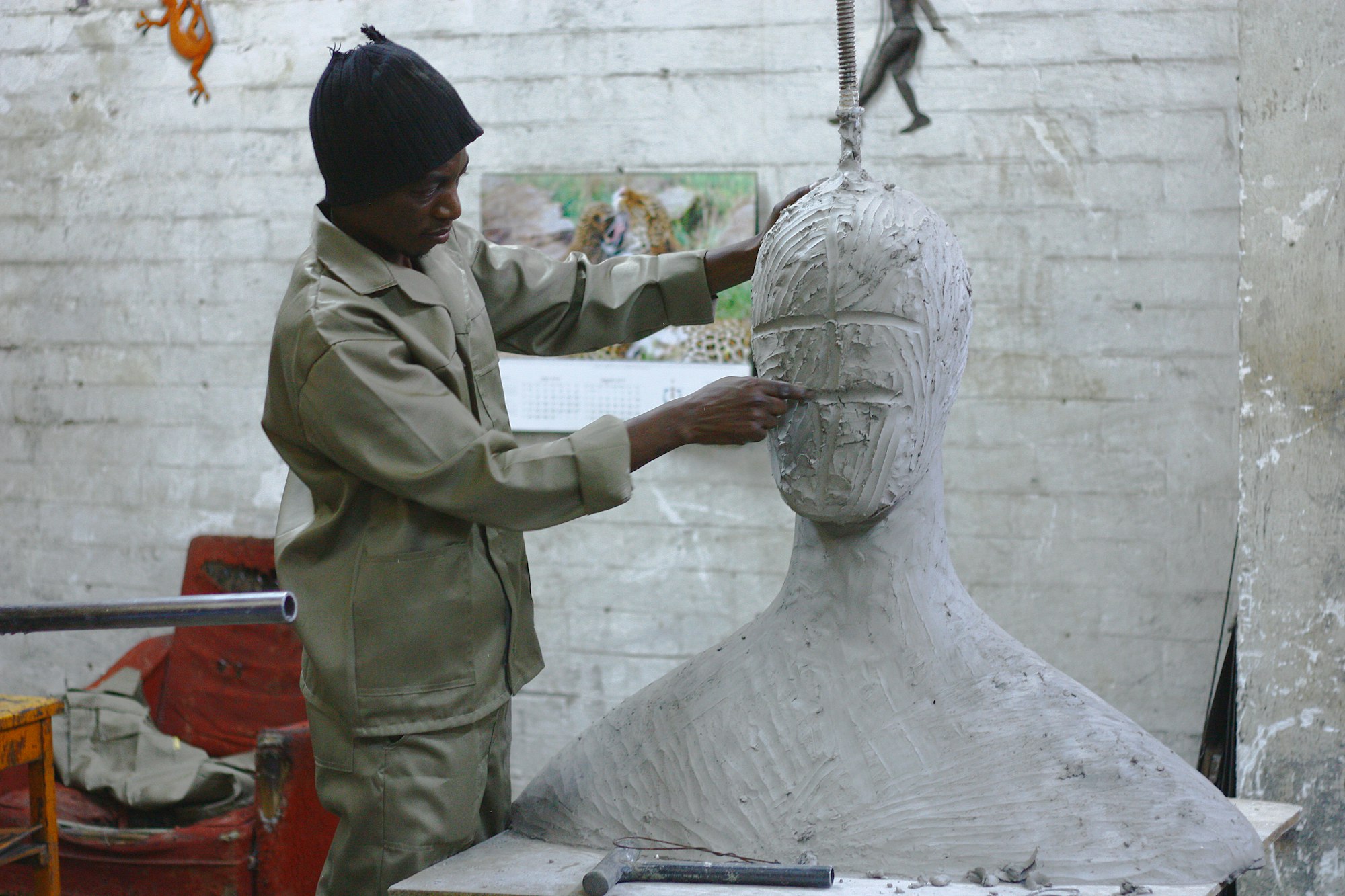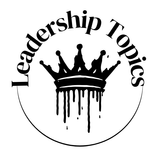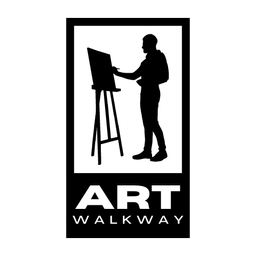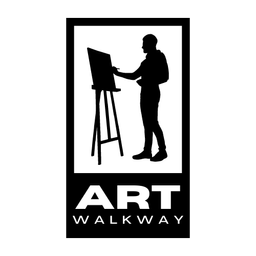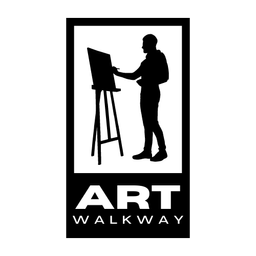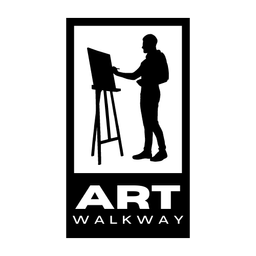Mastering the Job Interview: Proven Strategies to Stand Out and Land Your Dream Role
Learn how to showcase your skills, impress interviewers, and leave a lasting impact.

In today’s competitive job market, securing an interview is just the beginning. To truly stand out and land your dream role, you need more than just qualifications on paper—you need to demonstrate that you’re the best fit for the team and the company’s long-term success. Proven strategies to stand out in the interview process go beyond basic preparation and delve into making a lasting impact on both your interviewers and their organization. Here’s how you can confidently navigate the process and showcase your unique value.
1. Research the Company Deeply
The first and most crucial step in preparing for any interview is conducting thorough research on the company. Beyond knowing what the company does, dig into its culture, values, leadership, and recent news. Be ready to discuss how the company’s mission aligns with your career goals.
Look into:
- The company’s website, especially the “About Us” and “Careers” pages
- Recent press releases or news articles to get a sense of their latest initiatives or achievements
- Company reviews on platforms like Glassdoor for insider perspectives on culture and leadership styles
By weaving this knowledge into your answers, you demonstrate that you’ve done your homework and are genuinely invested in being part of the team.
2. Know the Role Inside Out
It’s not enough to read the job description once. Break down the responsibilities listed and map them to your experience. Use real-world examples that showcase how your past work aligns with the job requirements.
For example:
- If the role emphasizes project management, talk about specific projects where you demonstrated leadership, the challenges you faced, and how you successfully delivered results.
- If the company is looking for someone with cross-functional teamwork experience, highlight times when you’ve collaborated with different departments to achieve a common goal.
Tailor your responses to show that you not only understand the job but are already thinking about how you can contribute.
3. Practice Common Interview Questions
While every interview will have some unique questions, there are a few standard ones you can expect. Practicing your answers to these common questions will ensure you feel confident and can respond naturally. Some examples include:
- “Tell me about yourself.” (Craft a compelling story that ties your career path to the position.)
- “Why do you want to work here?” (This is where your company research shines.)
- “What’s your greatest strength and weakness?” (Be honest, but always provide examples of growth.)
Use the STAR method (Situation, Task, Action, Result) to structure your responses. This framework helps you stay organized and ensures your answers are clear and impactful.
4. Showcase Your Soft Skills
Employers are not just looking for technical skills. Soft skills like communication, adaptability, problem-solving, and emotional intelligence are just as important, if not more so, in today’s work environment. Highlight these skills through examples from your previous roles:
- Describe a time when you had to navigate a difficult conversation with a colleague or client.
- Talk about how you’ve remained resilient under pressure or quickly adapted to unexpected challenges.
Being able to articulate how your soft skills complement your technical abilities makes you a more well-rounded and attractive candidate.
5. Ask Insightful Questions
At the end of most interviews, the employer will ask if you have any questions. This is your opportunity to show your interest in the role and the company. Avoid basic questions you could have answered through a Google search and focus on more thoughtful ones, such as:
- “Can you describe the company culture in more detail and how success is measured?”
- “What are the biggest challenges currently facing the team I would be joining?”
- “What opportunities are there for professional development and career growth within the company?”
Asking thoughtful questions can turn the interview into a two-way conversation, making you more memorable to the interviewer.
6. Follow Up with a Thank-You Note
After the interview, don’t forget to send a thank-you email to the interviewer within 24 hours. Keep it short but personalized:
- Thank them for their time.
- Reiterate your excitement about the role and how you feel it aligns with your skills and goals.
- Briefly mention one or two key points from the conversation that left an impression on you.
A thank-you note is a simple gesture but can leave a lasting positive impact and keep you top-of-mind as they make their final decision.
Preparing for an Interview
Preparing for an interview is about more than just rehearsing answers—it’s about understanding the company, the role, and how you can contribute to the bigger picture. Research, practice, and self-awareness are the keys to making a lasting impression. By showcasing both your hard skills and emotional intelligence, and by asking the right questions, you’ll prove that you’re not just another candidate but the right person for the job.
The Leadership Topics
ART Walkway Highlights
For the latest trends in the art world, visit our sister magazine for in-depth features and exclusive insights:

